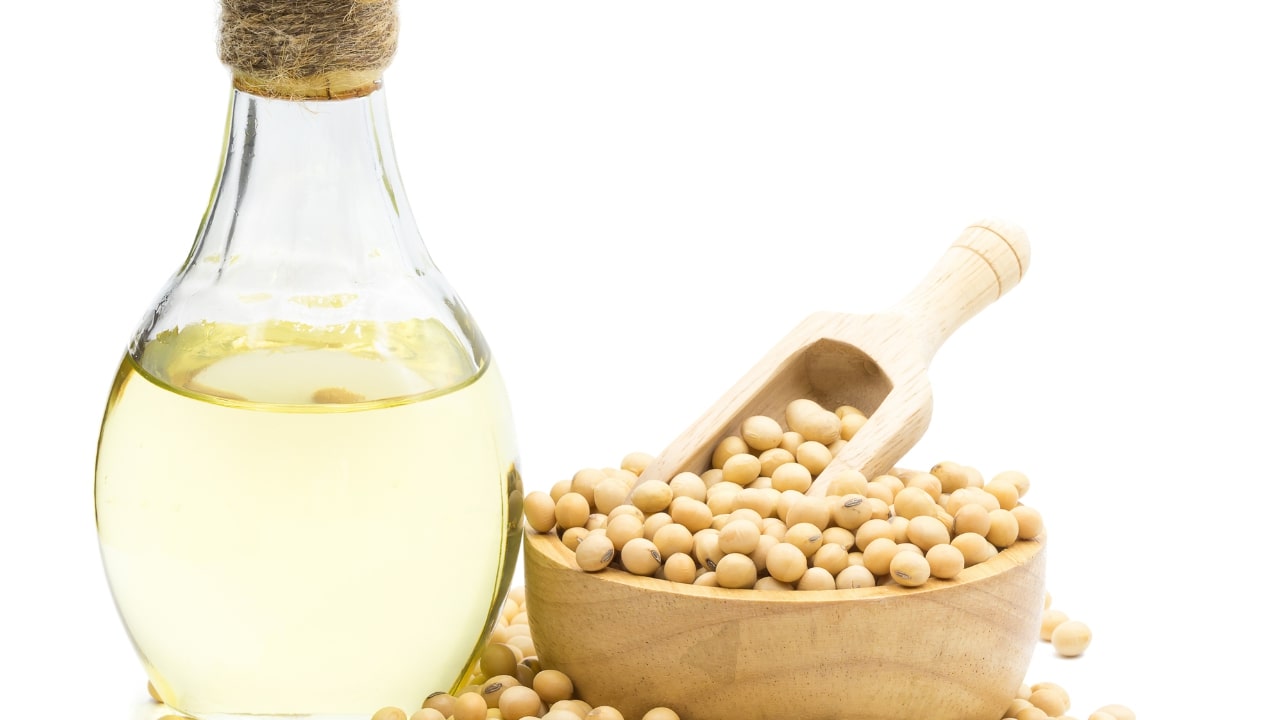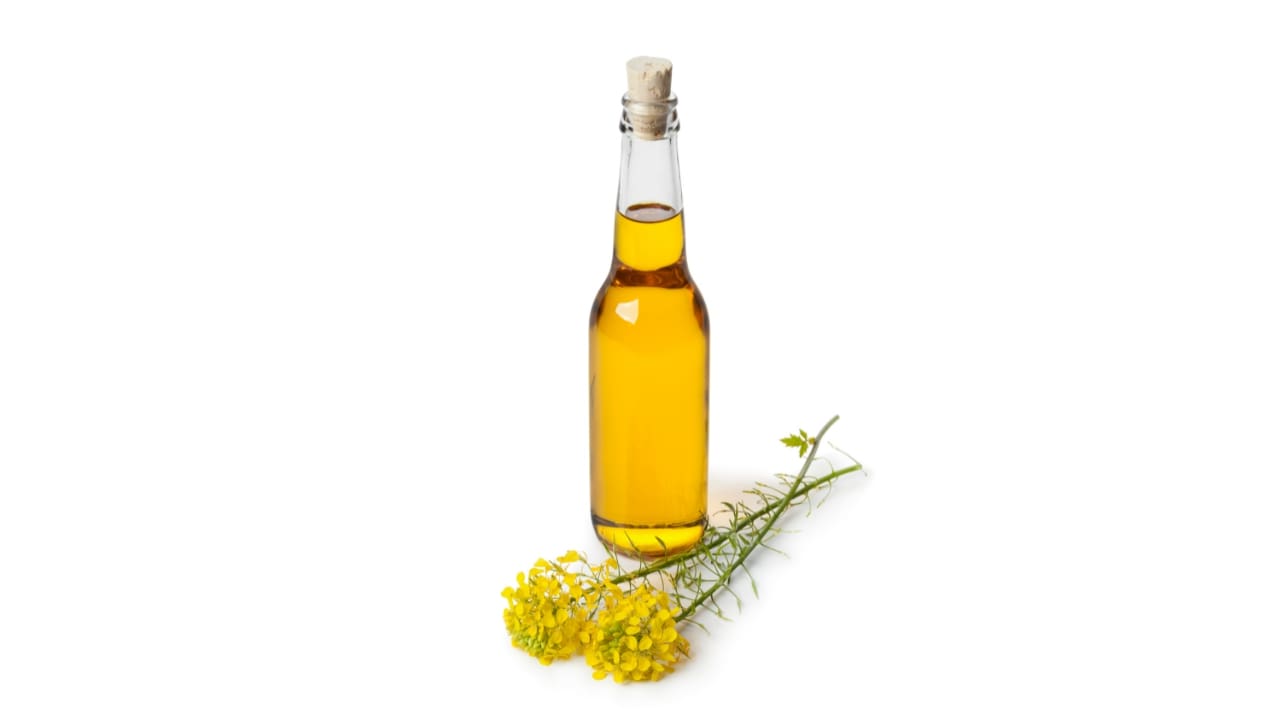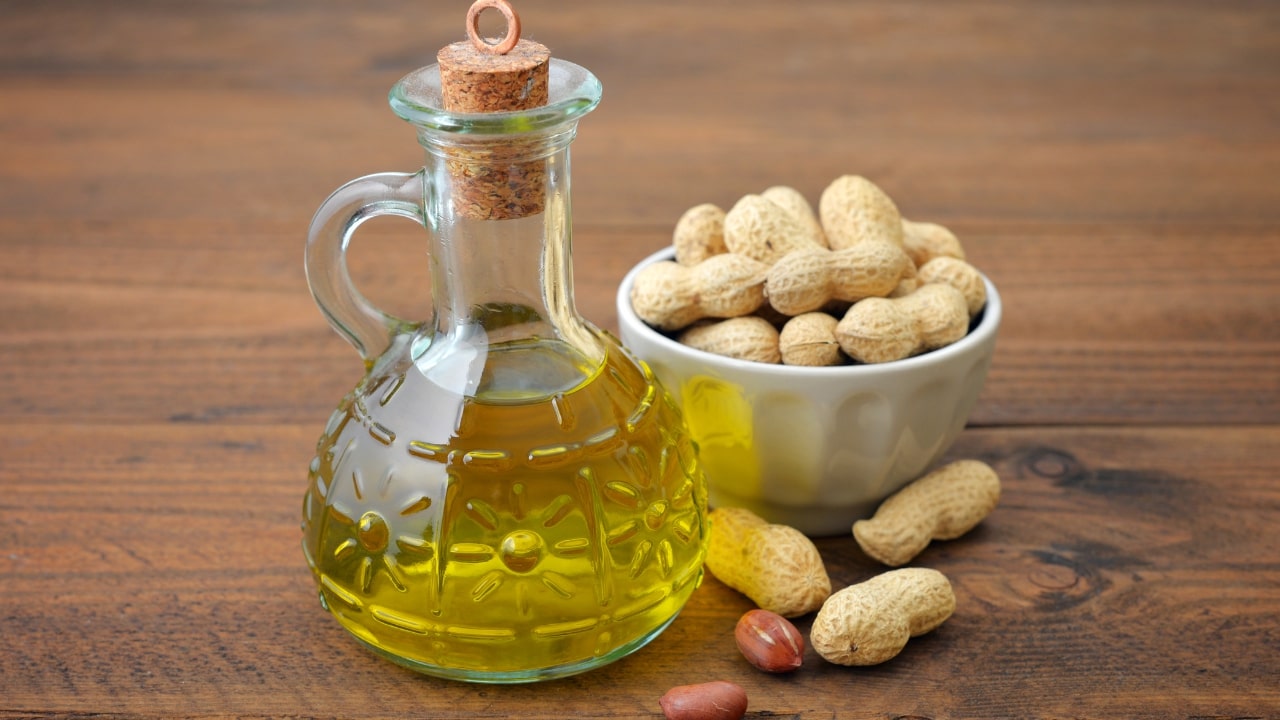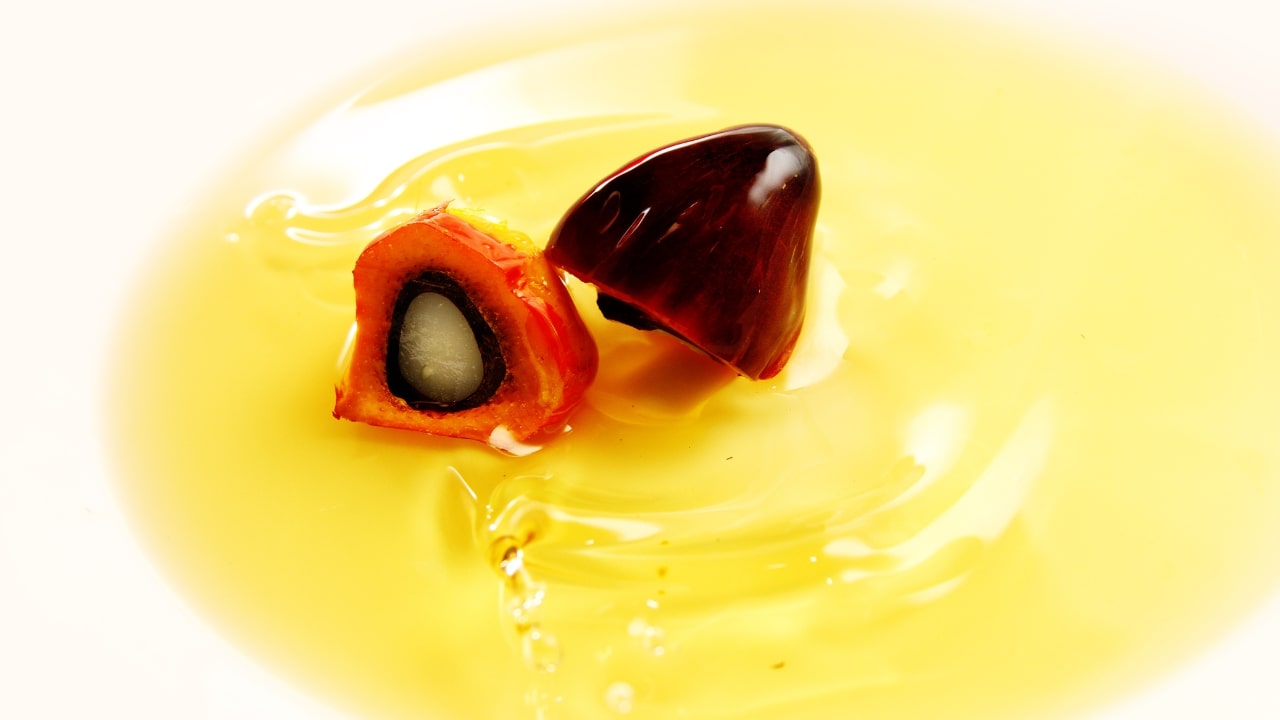Sunflower oil is a widely consumed vegetable oil that is extracted from the seeds of the sunflower plant. With its light texture and mild flavor, sunflower oil has become a popular choice in cooking, baking, and salad dressings. It is known for its high smoke point, which means it can withstand high temperatures without breaking down or producing smoke, making it suitable for frying and other high-heat cooking methods.
Sunflower oil is low in saturated fat and high in unsaturated fats, including monounsaturated and polyunsaturated fats. These fats help to lower bad cholesterol levels and reduce the risk of heart disease when consumed as part of a balanced diet. Additionally, sunflower oil is a good source of vitamin E, a powerful antioxidant that supports healthy skin, hair, and immune function.
Sunflower oil's versatility extends beyond cooking. Its neutral flavor makes it an excellent choice for salad dressings, marinades, and homemade sauces. It adds moisture and a subtle taste to baked goods, making them moist and tender. Furthermore, sunflower oil is often used in the production of processed foods, such as margarine and mayonnaise. Sunflower oil provides a nutritious and flavorful addition to meals and recipes.

Soybean oil is a widely consumed vegetable oil that is extracted from soybeans, which are a type of legume. It is known for its versatile applications in cooking and food preparation. With its mild flavor and neutral taste, soybean oil is a popular choice for a wide range of culinary uses.
One of the key advantages of soybean oil is its high smoke point. It can withstand high temperatures without breaking down or producing smoke, making it suitable for frying, sautéing, and deep-frying. Its ability to retain stability at high heat helps to preserve the natural flavors and textures of the cooked food.
Soybean oil is low in saturated fat and rich in polyunsaturated fats, including omega-6 fatty acids. Consuming soybean oil as part of a balanced diet can help lower bad cholesterol levels and reduce the risk of heart disease.
In addition to its nutritional profile, soybean oil is widely used in food manufacturing. It is a common ingredient in salad dressings, mayonnaise, sauces, and baked goods. Its neutral flavor allows it to blend seamlessly with other ingredients, enhancing the overall taste and texture of dishes.

Rapeseed oil, also known as canola oil, is a popular vegetable oil that offers various health benefits and culinary uses. Extracted from the seeds of the rapeseed plant, it has a mild flavor and a high smoke point, making it suitable for a wide range of cooking methods, including frying, baking, and sautéing. One of the key advantages of rapeseed oil is its nutritional profile. It is low in saturated fat and high in monounsaturated fats, such as omega-3 and omega-6 fatty acids, which are beneficial for heart health. Rapeseed oil is also a good source of vitamin E, an antioxidant that supports overall well-being. Its neutral taste allows it to enhance the natural flavors of dishes without overpowering them. In addition to its culinary uses, rapeseed oil is used in the production of biodiesel due to its high energy content and favorable environmental properties. It is important to choose cold-pressed or organic varieties to ensure minimal processing and retain the oil's nutritional value. Overall, rapeseed oil is a versatile and healthy cooking oil that can be enjoyed as part of a balanced diet.

Peanut oil, also known as groundnut oil, is a popular cooking oil derived from peanuts. It is widely used in various cuisines around the world due to its distinct flavor and high smoke point. Peanut oil has a mild and slightly nutty taste that adds a rich flavor to dishes. It is known for its versatility in different cooking methods, including frying, sautéing, and stir-frying. One of the notable features of peanut oil is its high smoke point, which allows it to withstand high temperatures without breaking down or producing smoke. This makes it ideal for deep frying and other high-heat cooking techniques. Peanut oil is also a good source of monounsaturated fats, which are considered heart-healthy and can help lower bad cholesterol levels. It contains vitamin E, an antioxidant that promotes skin health and overall well-being. Furthermore, peanut oil is often used in Asian cuisines and in the production of some condiments and sauces. It is important to note that individuals with peanut allergies should avoid consuming peanut oil. Overall, peanut oil is a flavorful and versatile cooking oil that adds a unique taste to a wide range of dishes while offering various health benefits.

CP8 is a grade of palm oil that is widely used in the food industry for its versatile applications. It is known for its high quality, stability, and unique characteristics. CP8 palm oil has a low free fatty acid content, indicating excellent oil quality and resistance to rancidity. It has a semi-solid texture at room temperature, making it suitable for products that require a specific consistency and stability. CP8 palm oil finds applications in baking, frying, and cooking, and is commonly used in the production of pastries, biscuits, cakes, and other bakery items. Its balanced composition of saturated and unsaturated fatty acids, along with its natural vitamin E tocotrienols, contribute to its nutritional profile. Sustainable sourcing options, such as certifications like the Roundtable on Sustainable Palm Oil (RSPO), ensure responsible production practices. CP8 palm oil is favored by consumers who seek products made with sustainably sourced ingredients. Overall, CP8 palm oil is a versatile and high-quality oil that plays a crucial role in the food industry.

Palm oil (CP10) is a type of vegetable oil derived from the fruit of oil palm trees. It is a highly versatile and widely used oil in various industries. Palm oil (CP10) is known for its unique characteristics and numerous applications.
One of the key advantages of palm oil (CP10) is its high productivity. Oil palm trees yield a significant amount of oil per hectare, making palm oil a cost-effective option for large-scale production. Its efficiency in terms of land use and yield has contributed to its popularity in the global market.
Palm oil (CP10) has a semi-solid state at room temperature, which makes it suitable for a wide range of food applications. Its creamy texture and stability enhance the sensory attributes of many food products, including baked goods, spreads, and confectionery. It also has a long shelf life, thanks to its natural resistance to oxidation.
In addition to its culinary uses, palm oil (CP10) finds applications in various industries. It is a common ingredient in personal care products, such as soaps, lotions, and cosmetics, due to its moisturizing properties. It is also used in the production of detergents, candles, and biofuels, contributing to its versatility.
The nutritional profile of palm oil (CP10) includes a balanced composition of saturated and unsaturated fatty acids. While it is higher in saturated fats compared to some other vegetable oils, it is trans-fat-free. Palm oil (CP10) also contains vitamin E tocotrienols, which are powerful antioxidants.
